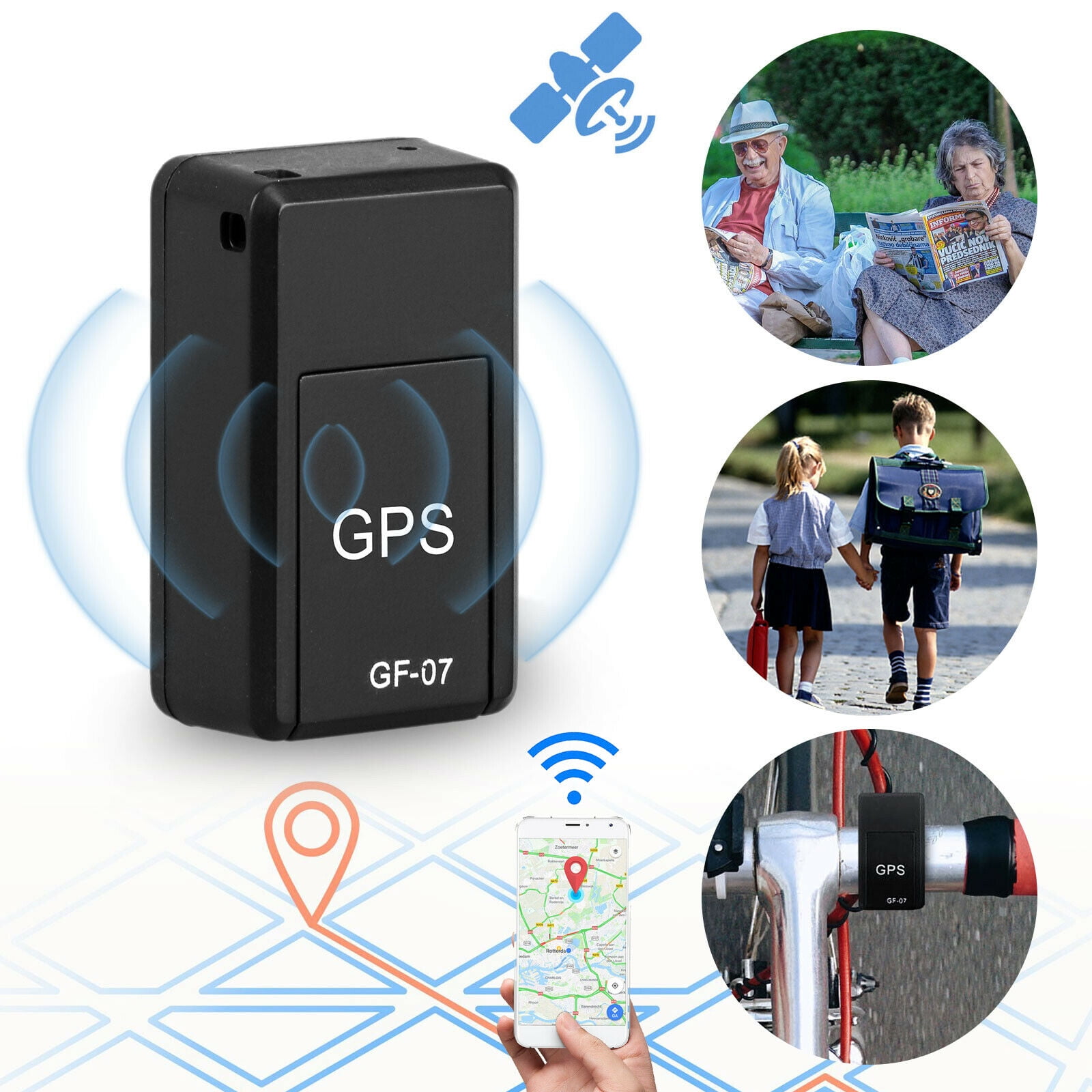
This provides an efficient linear voltage regulation with ultralow-noise output and very low dropout voltage.
The module also comes equipped with a 3.3V LDO regulator (MIC5205). However, if the LED does not blink then the module is still searching for the satellites. If the LED blinks after every second, then it indicates that the position fix is found. This LED indicates through its blinking effect whether the module is searching for satellites or has already found them. Moving ahead, the module comes with a position fix LED indicator. Great use as GPS trackers in smart watches due to very low power consumption (~11mA).This mode causes very less power consumption by turning the module ON/OFF according to the need. Comes equipped with PSM also known as Power Saving Mode.Is able to track 5 locations per second with an accuracy of 2.5m (horizontal).Some key features of NEO-6M chip include: Due to its highly sensitive tracking nature, it makes the NEO-6M module a popular GPS tracker. This is responsible for tracking up to 22 satellites and any location on the Earth on several channels. In the middle of the GPS module, you can find the NEO-6M chip. This connector is found on the GPS module. The antenna is firmly attached to the module via the U.FL connector. To obtain GPS readings, we have to use the NEO-6M GPS module with an antenna. Let us learn a little bit about its hardware. Overall it is a good cost-effective GPS receiver. Measuring 16 x 12.2 x 2.4 mm, its compact architecture along with its low power consumption makes it a good choice for IoT projects. It consists of a high-performance u-blox 6 positioning engine. The NEO-6M GPS module is a GPS receiver that can locate all locations on Earth as it is able to track approximately 22 satellites. This operation is based on a simple mathematical principle called Trilateration. Point to Remember: A GPS receiver locates any three or more of the satellites, calculates the distance to each, and uses this information to generate its own location.

Because GPS provides real-time, three-dimensional positioning, navigation, and timing 24 hours a day, 7 days a week, all over the world, it is used in numerous applications, including GIS data collection, surveying, and mapping. Anyone with a GPS receiver can access the system. In addition, a GPS receiver can provide data on your speed and direction of travel.


 0 kommentar(er)
0 kommentar(er)
